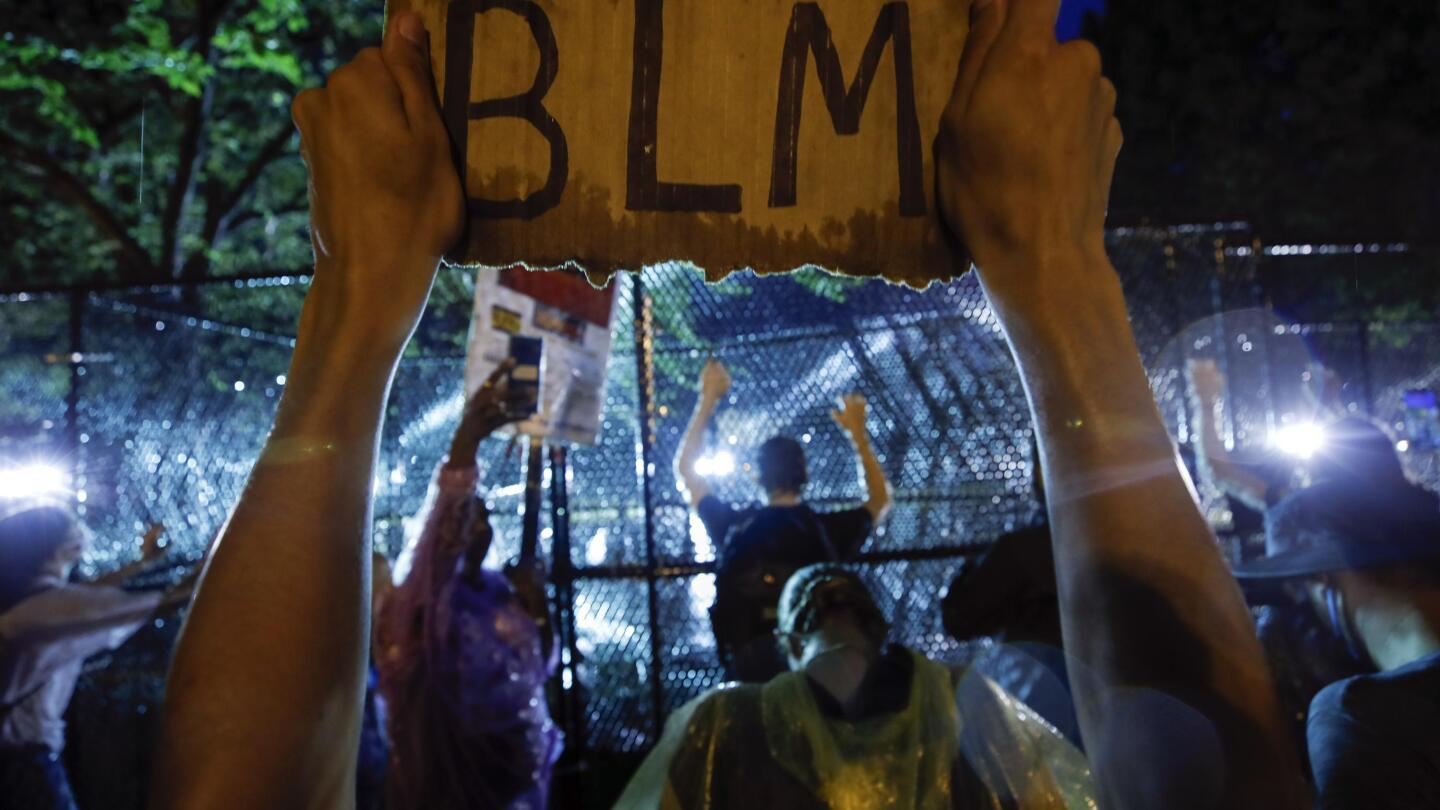
How the Boogaloo Bois went from meme to movement.
SlateJust a few months ago, most people in the United States had never heard of the “Boogaloo Bois.” But now, as we move into the latter half of 2020, this nascent and decentralized movement, which mythologizes firearms as the solution to perceived tyranny, has become an attractive proposition for a surprising number of Americans. The national media briefly fixated on the presence of Boogaloo Bois at George Floyd demonstrations and protests over the past several months, often remarking on the movement’s elective symbology, including Hawaiian shirts and igloos, a riff on the name Boogaloo. Second, the Boogaloo movement skillfully uses memetics as a principal narrative builder to gain adherents aggrieved with ongoing law enforcement violations. Third, the Boogaloo movement has successfully built its brand on distorted myths about the revolutionary founding of America, the role played by militias, and the anti-tyranny narratives associated with symbols like the Gadsden flag, along with its familiar motto “Don’t Tread on Me.” Boogaloo adherents have sought to harness and channel diminishing faith in key democratic institutions, with the unifying message of individual sovereignty and a lack of trust in any form of authority, particularly the federal government and all levels of law enforcement. In recent years, Boogaloo narratives and memetics drawing on the Revolutionary War and patriot themes have found fertile ground in Facebook’s Groups and Pages and encrypted communications platforms like Discord and Telegram.
History of this topic

The Boogaloo movement has a new strategy
Al Jazeera
Boogaloo informant talks up BLM alliance and disavows Gretchen Whitmer plot -- but he still wants destruction
Raw Story
FBI Warns Of Potential Boogaloo Violence During Jan. 17 Rallies
Huff Post)
From social media to US streets: Boogaloo movement makes its presence felt during George Floyd protests
Firstpost
What is the ‘Boogaloo’ movement?
Al JazeeraDiscover Related











